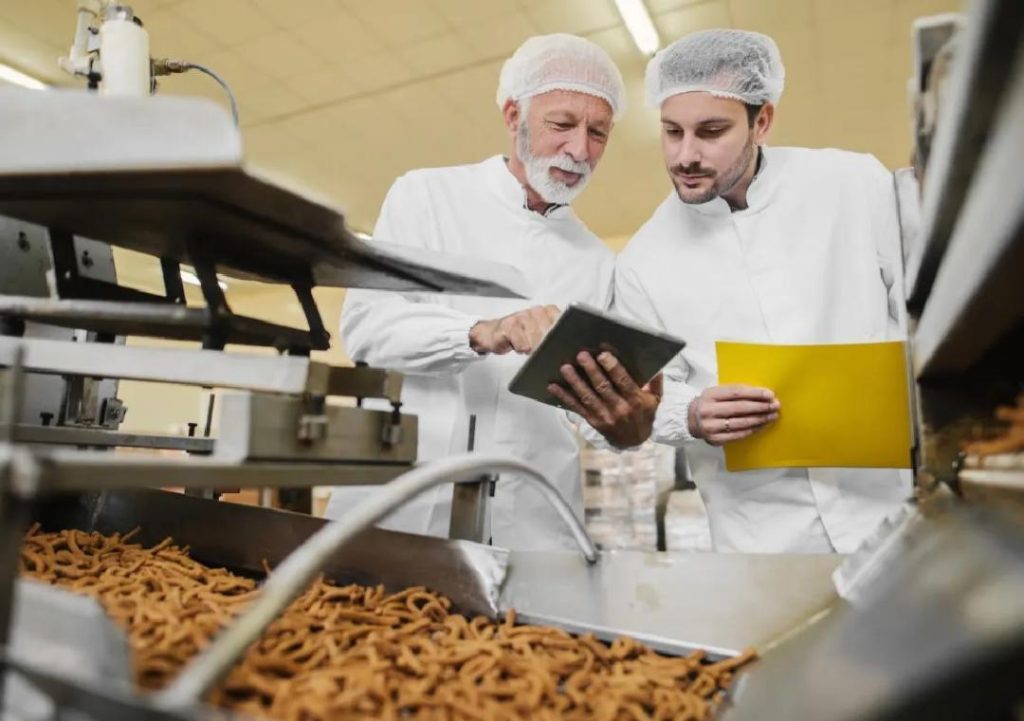
Can P&L Optimisation Redefine Success in Food Technology?
The food technology industry is undergoing a significant transformation, driven by the need for greater efficiency, sustainability, and profitability. With the rising competition and increasing consumer demand for high-quality products, food tech companies are seeking innovative ways to stay ahead of the curve. One area that has emerged as a key differentiator is P&L (Profit and Loss) optimisation. By streamlining P&L operations, food tech companies can cut waste, sharpen demand forecasting, and support better decision-making.
In this blog post, we will explore the role of P&L optimisation in redefining success in food technology. We will discuss the challenges faced by food tech companies, the benefits of P&L optimisation, and the strategies that companies can adopt to achieve sustainable growth and profitability.
Challenges in Food Technology
The food technology industry is characterized by high operating costs, fluctuating raw material prices, and stringent food safety regulations. These challenges can make it difficult for food tech companies to achieve profitability. For instance:
- High production costs: Food tech companies face significant costs associated with equipment maintenance, labor, and energy consumption.
- Fluctuating raw material prices: Raw material prices can be unpredictable, making it challenging for companies to maintain profitability.
- Stringent food safety regulations: Food safety regulations can be complex and time-consuming to implement, increasing operational costs.
The Importance of P&L Optimisation
P&L optimisation is essential for food tech companies to overcome the challenges mentioned above. By streamlining P&L operations, companies can:
- Cut waste: Automated inventory management systems can help reduce waste by identifying slow-moving products and optimizing inventory levels.
- Sharpen demand forecasting: Data analytics can help companies accurately forecast demand, reducing the risk of overproduction and excess inventory.
- Support better decision-making: Data-driven insights can help companies make informed decisions about product development, pricing, and marketing strategies.
Strategies for P&L Optimisation
Food tech companies can adopt several strategies to optimise their P&L operations:
- Automation: Implementing automated systems can help reduce manual errors and increase efficiency.
- Smart inventory systems: Implementing smart inventory systems can help companies track inventory levels in real-time, reducing waste and excess inventory.
- Data analytics: Using data analytics can help companies identify trends, patterns, and correlations that can inform business decisions.
- Scalable models: Building scalable models can help companies adapt to changing market conditions and ensure sustainable growth.
Benefits of P&L Optimisation
P&L optimisation can bring several benefits to food tech companies, including:
- Increased profitability: By reducing waste and improving demand forecasting, companies can increase profitability.
- Improved efficiency: Automation and smart inventory systems can help reduce operational costs and increase efficiency.
- Better decision-making: Data-driven insights can help companies make informed decisions about product development, pricing, and marketing strategies.
- Competitive advantage: Companies that adopt P&L optimisation strategies can gain a competitive advantage over their peers.
Case Studies
Several food tech companies have successfully adopted P&L optimisation strategies to improve their profitability and efficiency. For instance:
- A leading food manufacturer implemented an automated inventory management system, reducing waste by 20% and increasing profitability by 15%.
- A food processing company implemented a data analytics platform, improving demand forecasting by 30% and reducing excess inventory by 25%.
- A meal kit delivery company implemented a scalable model, increasing its customer base by 50% and reducing its operating costs by 20%.
Conclusion
P&L optimisation is a critical component of success in food technology. By streamlining P&L operations, food tech companies can cut waste, sharpen demand forecasting, and support better decision-making. With the adoption of automation, smart inventory systems, and data analytics, companies can improve their profitability and efficiency. By adopting scalable models, companies can ensure sustainable growth and stay competitive in the industry.
News Source:
https://www.growthjockey.com/blogs/p-and-l-operations-in-food-tech






